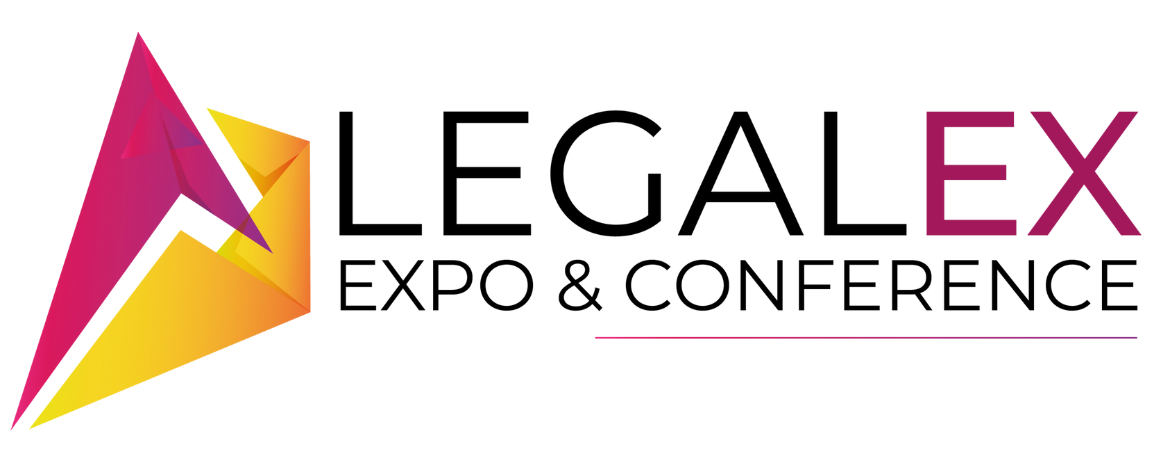)
It’s estimated that as many as 80% of the UK’s regulated legal firms are not compliant with the Regulations. And with the SRA’s 2023 Sectoral Risk Assessment - Anti-money Laundering and Terrorist Financing bringing a fresh warning that the regulator is ready to clamp down on non-compliance, now is the time to get to grips with your anti-money laundering (AML). This is something that AMLCC can help you do.
What are the updated risks to the legal sector?
The sanctions regime, mainly due to the Russian invasion of Ukraine in 2022, has broadened and it's impacting many firms dealing with Russian interests for the first time. However, sanctions aren't exclusively relevant to Russia and Belarus. Keep in mind these sanctions have potential overlap with the proceeds of crime and money laundering regimes.
This sanctions regime shares many risk factors with money laundering, including dubious jurisdictions, politically exposed persons and complicated corporate structures. Additionally, sanctions can motivate entities to conceal the origin or recipient of funds or assets.
In 2022, the Regulations were revised to require all firms to assess their exposure to the risk of proliferation financing. Proliferation financing refers to the risk of a firm being involved in the global propagation of nuclear, chemical, biological, or radiological weapons, including their production materials and dual-use goods. The likelihood of the legal profession being impacted by proliferation financing is low, but sectors like manufacturing, particularly related to dual-use goods, may face heightened exposure.
Increased risk is associated with exposure to countries subject to UN sanctions like Iran or North Korea, or those suspected of acquiring nuclear, chemical, biological or radiological weapons like Syria.
There also is a potential risk linked with the use of newer financial technology like fund transfer systems and crowdfunding platforms. Any adoption of this technology should be preceded by a risk assessment and measures to mitigate these risks. The increasing dependence on technology also heightens the importance of cybersecurity as breaches could permit criminals to gain access to a client's sensitive data and the firm's systems, resulting in potential money laundering.
The SRA also warns about adequately resourcing for AML work, stating that challenging economic conditions do not eliminate the obligation to abide by the regulations. It's crucially important not to allow wider economic pressures to result in reduced AML measures which then present increased risks to the business.
How can AMLCC help?
Ultimately, if you adequately resource your AML work, you are much more able to recognise and take steps to mitigate all risks. Developing your firm’s ability to effectively detect, prevent and report suspicious activity is a crucial aspect of its skillset and demands a systematic process. This is where AMLCC comes in.
AMLCC provides an interactive set of connected tools to fulfil each of the steps you must take to be AML compliant – all online, all in one place. The AMLCC platform is quickly and easily tailored to your business to assess the risks it’s facing and effectively direct resources to facilitate the risk-based approach. It also allows you to prove your compliance at any time. The AMLCC dashboard makes it straightforward to see the status of your firm’s AML.
The key to using AMLCC effectively is to understand that it’s a set of connected tools to allow you to comply with the regulations. Of course, there is work for you to do and the platform must be tailored to your business, its unique circumstances and the risks it faces. No-one else can answer these questions for you.
The AMLCC tools enable you to identify and explain the risks faced by your firm and allow you to make clear the ongoing work the firm will do to mitigate those risks. You must prove to your supervisor that you’ve identified and understand all the relevant risks and that you’ve taken steps to appropriately mitigate those risks.
Some of the key tools
Your supervisor's assessment of your AML compliance is dependent solely on what’s visibly presented to them. To demonstrate that you’re fully adhering to your legal responsibilities, it's crucial to elevate your AML efforts – use your routine processes to spot the unusual. An explanation of the details brings your efforts to life and shows your complete understanding.
Using AMLCC means you can offer a comprehensive and in-depth perspective of your firm along with the strategic actions you've implemented to safeguard it from inadvertently participating in illegal activities.
For example, as part of your legal obligations you must:
Have a written, comprehensive business-wide AML Policy, which must be tailored to your unique set of circumstances.
It needs to be highly specific to your business, highlighting your firm’s particular circumstances, and it must demonstrate that you understand and are fully complying with your legal AML obligations. With AMLCC's flexible AML policies, controls and procedures document you’re empowered to fully tailor the document, making it entirely bespoke to your business needs.
Document risks in your business-wide risk assessment and record steps taken to mitigate these risks and demonstrate your understanding of them.
Performing a risk assessment for your firm enables you to pinpoint sections of your business and services that present higher risks of being used in money laundering. This shows you where to target your resources, to make your AML more efficient. This is the risk based approach.
It’s also important to show you’ve considered how these risks may impact your business and that you’ve put in place measures to mitigate them. AMLCC’s comprehensive business-wide risk assessment allows you to do this and includes space to document the steps taken at every stage for risk mitigation.
Hold records of your latest employee AML training.
Employees who have been trained in AML are be better placed to identify and address potential risks in their service lines or client relationships. This helps your firm mitigate the risk of money laundering and other financial crimes.
AMLCC’s training videos are for all employees, with additional training for senior management and MLROs which detail their additional responsibilities.
The training gives a complete view of the AML landscape, the legal sector risks including the SRA’s latest risk guidance and employees role in combatting criminal activities. Time and date-stamped training tests and certificates mean your supervisor can see you’ve equipped your employees to effectively perform AML in their day-to-day roles.
Document all client due diligence steps. You must have the ability to identify, verify and record the ultimate beneficial owner (UBO) of each client’s company and each client, and where their funds originate from.
Identifying and verifying the ultimate beneficial owner(s) (UBO) is one part of your client due diligence. By understanding ownership structure and the source of funds, you can better assess the risk associated with your clients and ensure you’re not unwittingly facilitating illegal activities.
You’ll find a comprehensive set of questions in AMLCC’s client-risk assessments (available by client type), along with multiple options to add comments and mitigation steps. It also gives your supervisor a well-rounded view of your client base, the risks it might present and the steps you’ve taken to mitigate these risks.
Have a detailed audit trail that can be shown on demand to your supervisor or law enforcement
All AMLCC business and client risk assessments, including secondary assessments (department, branch, service line and client transactions) have a time and date stamped audit trail.
For more information about the tools AMLCC gives you and how you can use them to solve your firm’s AML challenges, visit amlcc.com.

